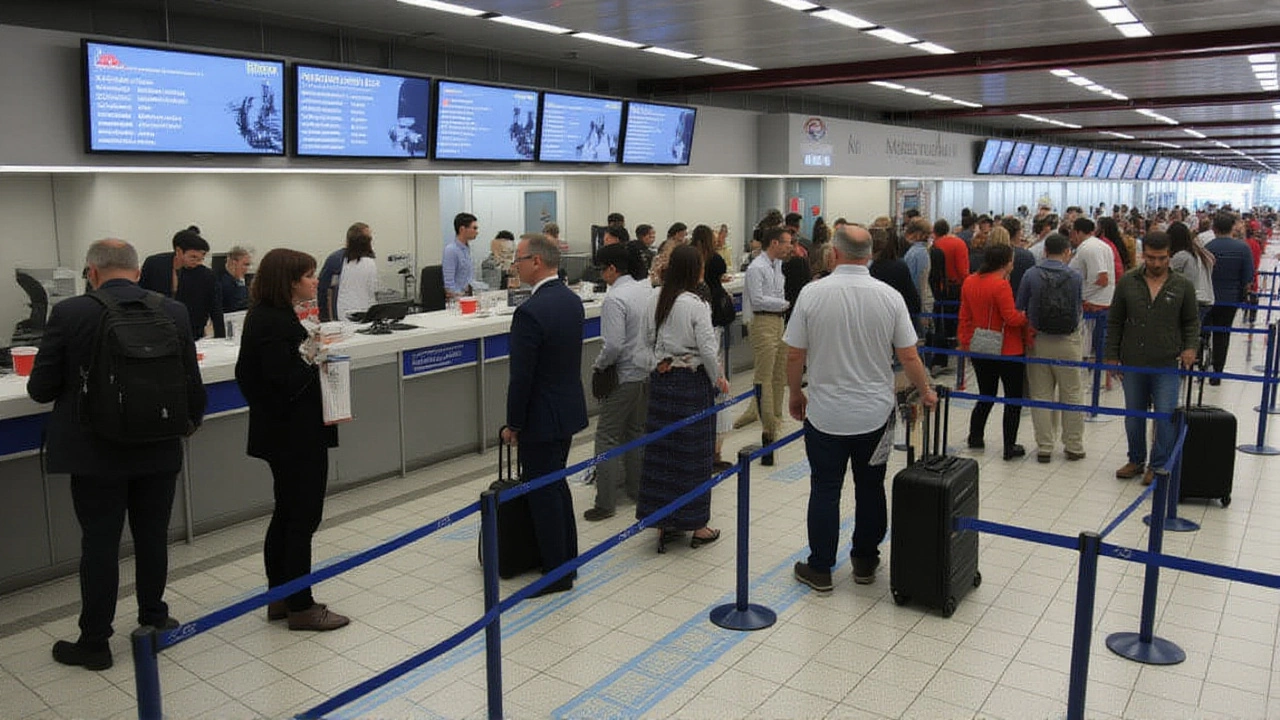The US doubles its ESTA fee to $40 and adds new EVUS and land I‑94 charges, impacting 40 million yearly visitors and reshaping travel‑authorization costs.
When you hear Department of Homeland Security, the U.S. agency charged with keeping the nation safe from threats at home and abroad. Also known as DHS, it covers everything from border checks to online safety, making it a central hub for national security.
One of the biggest buckets under DHS is immigration enforcement, the process of managing who enters, stays and exits the United States. This includes the Customs and Border Protection officers you see at airports, the Immigration and Customs Enforcement agents patrolling the interior, and the US Citizenship and Immigration Services that handle visas and green cards. The agency’s immigration platform influences trade, tourism and even local job markets, so any policy shift quickly ripples through businesses and families alike.
Another core pillar is cybersecurity, efforts to protect networks, data and critical infrastructure from digital attacks. DHS runs the Cybersecurity and Infrastructure Security Agency (CISA), which issues alerts when ransomware hits a hospital or a power grid shows a glitch. By coordinating with private firms and foreign partners, the agency tries to stay ahead of hackers who target everything from election systems to personal banking apps.
Beyond people and bits, DHS also leads emergency management, the coordination of response and recovery when natural disasters or large‑scale incidents occur. When a hurricane makes landfall on the Gulf Coast, the Federal Emergency Management Agency (FEMA) – a DHS component – moves resources, sets up shelters and helps rebuild homes. This same framework has been adapted for wildfire alerts in California and flood warnings in the Midwest, showing how the agency’s emergency arm is a go‑to for communities facing sudden crises.
All these pieces—immigration, cybersecurity, emergency response—connect through a shared mission: protect the United States while enabling lawful activity. The department’s counter‑terrorism units, for example, rely on immigration data to track foreign fighters and on cyber tools to disrupt online radicalization. This interplay creates a feedback loop where each function strengthens the others, making DHS a multi‑layered shield against varied threats.
In this collection you’ll find stories that touch on each of those areas: updates on immigration rulings, analyses of recent cyber‑attack alerts, coverage of disaster relief efforts across the continent, and insights into how counter‑terror moves shape policy. Whether you’re tracking policy changes, looking for practical safety tips, or just curious about how a massive agency operates, the articles below give you a front‑row seat to the latest developments.
Ready to dive in? Scroll down to explore the full range of posts that break down the department’s work, its impact on everyday life, and what’s coming next.

The US doubles its ESTA fee to $40 and adds new EVUS and land I‑94 charges, impacting 40 million yearly visitors and reshaping travel‑authorization costs.